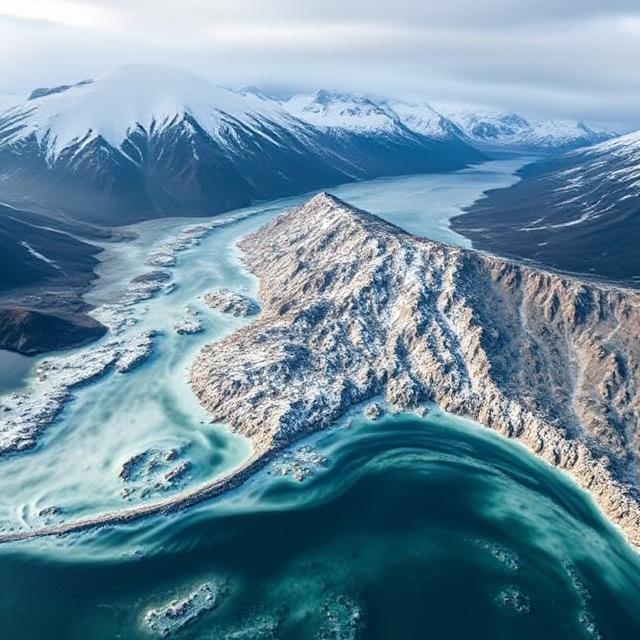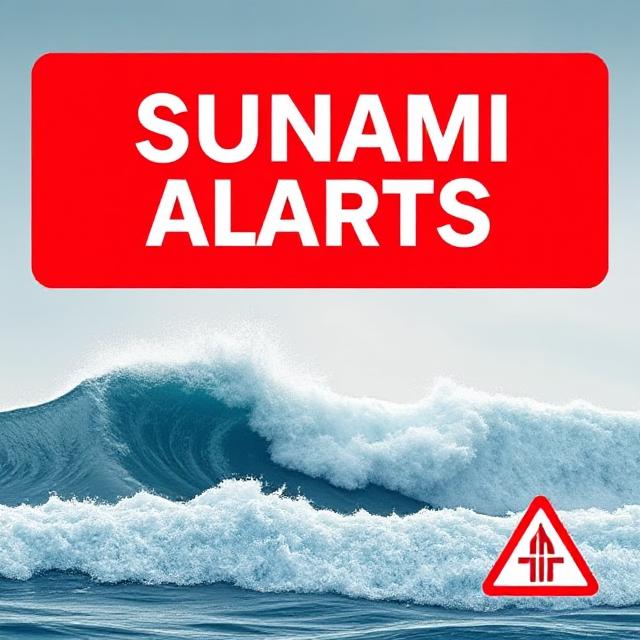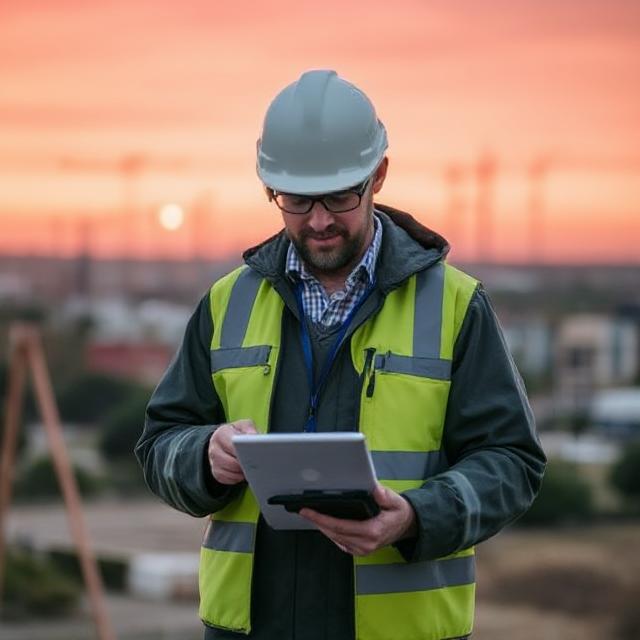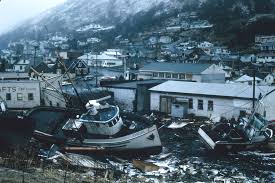A powerful earthquake off Alaska’s coast triggered tsunami warnings across the U.S. Pacific shoreline. All alerts have now been canceled, but the seismic event raises new safety concerns.
Tsunami Warnings Canceled After Major Earthquake Shakes Alaska’s Coastline

Overview
A powerful undersea earthquake measuring 7.8 on the Richter scale struck off the southern coast of Alaska, prompting widespread tsunami warnings for the U.S. West Coast and parts of Canada. The quake occurred late Tuesday night and sent coastal residents fleeing to higher ground. Within hours, the tsunami alerts were canceled as waves remained minimal, but the incident highlighted ongoing seismic risks in the region.
1. The Earthquake: Key Facts
- Date & Time: July 16, 2025, 11:24 PM local time
- Location: 75 miles south of Sand Point, Alaska
- Magnitude: 7.8
- Depth: 21 miles below sea level
- Aftershocks: At least 14 recorded within 6 hours
The United States Geological Survey (USGS) categorized the quake as a “major” seismic event capable of generating a local or widespread tsunami.
2. Immediate Tsunami Alerts

The National Tsunami Warning Center issued immediate alerts for:
- Coastal Alaska
- British Columbia
- U.S. Pacific Northwest (Washington, Oregon)
- Parts of California
Residents in low-lying areas were urged to evacuate immediately. Emergency sirens were activated in multiple towns along the coastline.
Tsunami Alert Levels Table
| Region | Alert Level | Duration |
|---|---|---|
| Alaska (Kodiak, Sand Point) | Warning | 3 hours |
| Oregon Coast | Advisory | 2 hours |
| Washington Coast | Advisory | 2 hours |
| California (North Coast) | Watch | 1.5 hours |
3. Response by Authorities
Local, state, and federal agencies activated emergency protocols:
- Evacuations: Thousands moved to high ground in Alaska
- Emergency Shelters: Opened in Kodiak, Sand Point, and Homer
- FEMA Coordination: Teams were placed on standby
- U.S. Coast Guard: Deployed aerial surveillance and naval units
Fortunately, no major tsunami waves were recorded beyond 1.5 feet in Alaska. No damage or casualties were reported as of the latest update.
4. Seismic Activity in Alaska
Alaska sits on the seismically active Pacific Ring of Fire, where the Pacific Plate and North American Plate frequently collide. This subduction zone has produced:
- The 1964 Great Alaska Earthquake (Magnitude 9.2)
- Frequent quakes in the Aleutian Islands
- Numerous undersea seismic events with tsunami potential
Historical Earthquakes in Alaska
| Year | Magnitude | Location | Impact |
| 1964 | 9.2 | Prince William Sound | Devastating tsunami, over 130 deaths |
| 2018 | 7.9 | Gulf of Alaska | Tsunami warning, no major wave |
| 2021 | 8.2 | Perryville | Minor tsunami recorded, no casualties |
5. Tsunami Risk Zones Explained
Tsunami warnings are issued based on earthquake location, depth, and seafloor displacement. Alaska’s coast remains vulnerable due to:
- Steep continental shelf
- Close proximity to tectonic subduction zones
- Shallow earthquakes beneath oceanic crust
U.S. Tsunami Warning Zones:
| Zone | Risk Level |
| Alaska Peninsula | Very High |
| Pacific Northwest | High |
| California Coast | Moderate |
| Hawaii | Variable |
6. Impacts on Coastal Communities
While no tsunami occurred, the quake disrupted normal life:
- Schools delayed openings in affected towns
- Fishing operations halted temporarily
- Minor road damage reported in Sand Point
- Cell service outages in isolated communities
Emergency services have resumed normal operations as of Wednesday afternoon.
7. Expert Analysis and Preparedness

Seismologists say the quake is a “wake-up call” for better earthquake and tsunami readiness. Dr. Lena Whitmore of the USGS said:
“We avoided a disaster this time, but the risk remains. Public awareness and early warning systems are key.”
Agencies recommend:
- Emergency drills and evacuation plans
- NOAA Weather Radio or Tsunami App alerts
- Coastal zone building codes enforcement
Conclusion
The cancellation of tsunami warnings after the massive Alaska earthquake is a relief to millions across the Pacific Coast. However, the event underscores the critical importance of rapid alert systems and preparedness in seismically active zones. Experts warn that future quakes may not be so forgiving.
Frequently Asked Questions
Q1: Why was the tsunami warning canceled?
Because the earthquake did not displace enough ocean water to generate a significant tsunami.
Q2: Was anyone hurt or killed?
No injuries or deaths have been reported so far.
Q3: Is Alaska safe now?
While the immediate threat has passed, aftershocks and seismic activity are ongoing.
Q4: How common are tsunamis in Alaska?
They are relatively frequent due to tectonic activity but rarely result in large-scale destruction.
Q5: What should residents do next?
Stay alert for aftershocks, review emergency plans, and follow updates from official sources.

